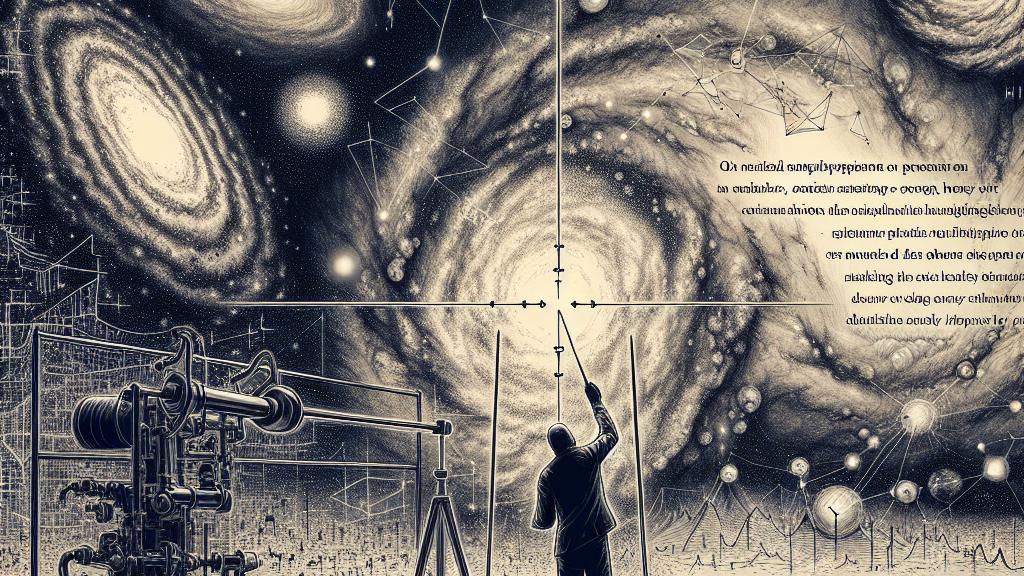New Method to Measure Gas in Distant Galaxies
Overview
- A groundbreaking study reveals a revolutionary method to trace vital molecular gas mass in distant galaxies.
- Understanding the role of this gas in star formation could dramatically reshape our view of the universe's evolution.
- The research highlights a compelling connection between [C II] emissions and conventional CO measurements, opening doors to exciting future discoveries.

Unlocking the Mysteries of Molecular Gas
In a fascinating study led by Prof. Zhao Yinghe and his team from the Yunnan Observatories, an innovative method has been introduced to measure the crucial gas content in galaxies far beyond our reach. They investigated the relationship between the [C II] 158 micron emission and the challenging-to-detect CO(1-0) line. Imagine this: molecular gas, especially hydrogen, acts as the lifeblood of star formation, shaping the very fabric of galaxies. By accurately quantifying the gas within these intriguing cosmic structures, scientists unlock secrets about conditions that prevailed in the early universe—those times which laid the groundwork for the galaxies we see today, bursting with stars and planets.
Navigating the Challenges of Traditional Measurement Techniques
Traditionally, astronomers have leaned heavily on the CO(1-0) line to trace hydrogen, but this approach hits significant roadblocks when probing into the distant cosmos. The conundrum arises from the dramatically lower metal content found in early galaxies, rendering CO elusive and difficult to spot. Consequently, the astronomical community has been vigorously searching for alternatives that provide a clearer view. Luckily, [C II] emissions have emerged as a promising breakthrough, shining brightly in this complex field. The latest findings powerfully demonstrate a strong linear relationship between emissions from the [C II] line and CO; this confirmation suggests that we might have uncovered a reliable alternative for measuring molecular gas mass accurately.
Exciting Prospects for Future Galactic Exploration
What truly excites scientists about this new methodology is its tremendous potential to illuminate high-redshift galaxies, which have previously remained wrapped in mystery. By revealing the molecular gas mass across diverse physical conditions, this study enriches our understanding not only of galaxy evolution but also of the intricate cosmic dance that occurs across vast distances. However, the researchers passionately emphasize the need for caution when applying a blanket conversion factor for estimating H2 mass; doing so in extreme cases could lead to misleading results and interpretations. This insight underscores the critical importance of ongoing exploration and refinement of research methods. As we embark on this captivating journey into the cosmos, each new discovery acts like a building block, weaving a rich tapestry that showcases the evolution of galaxies and ignites our curiosity about the profound mysteries that await us among the stars.

Loading...